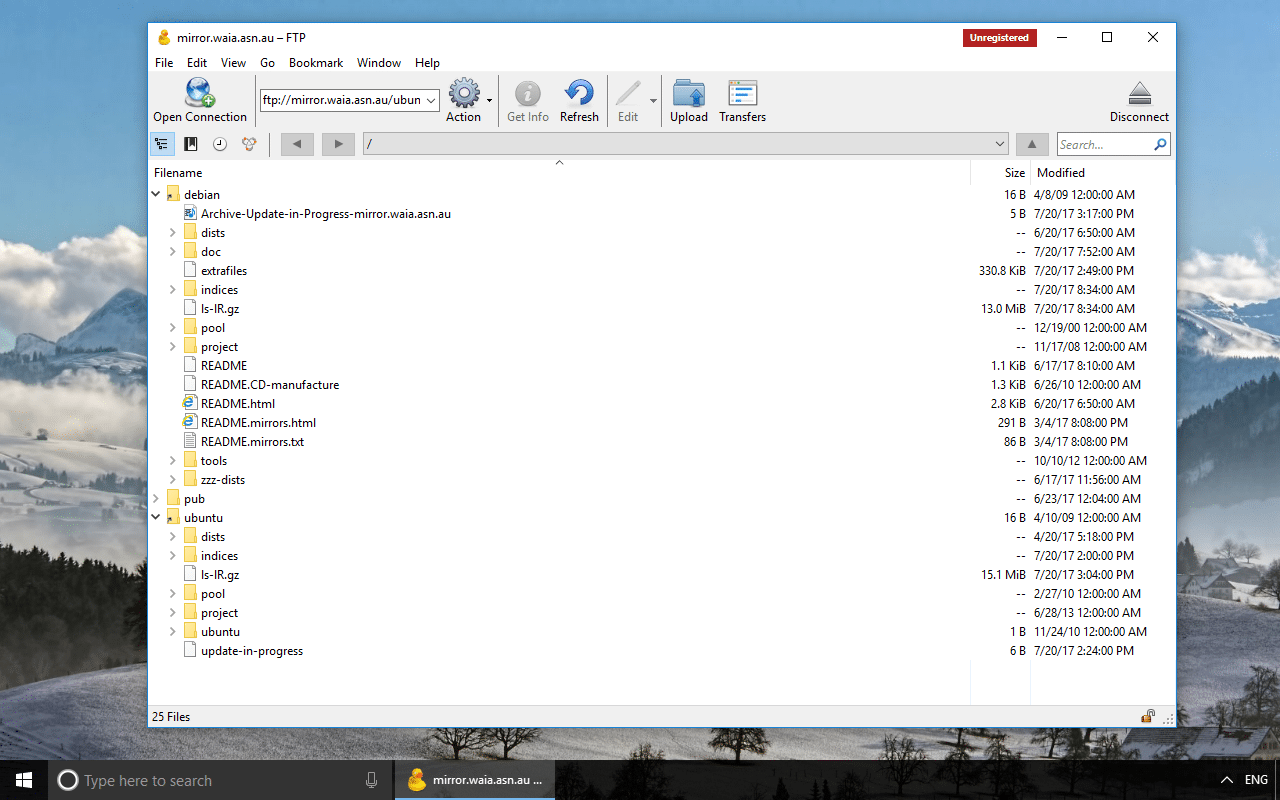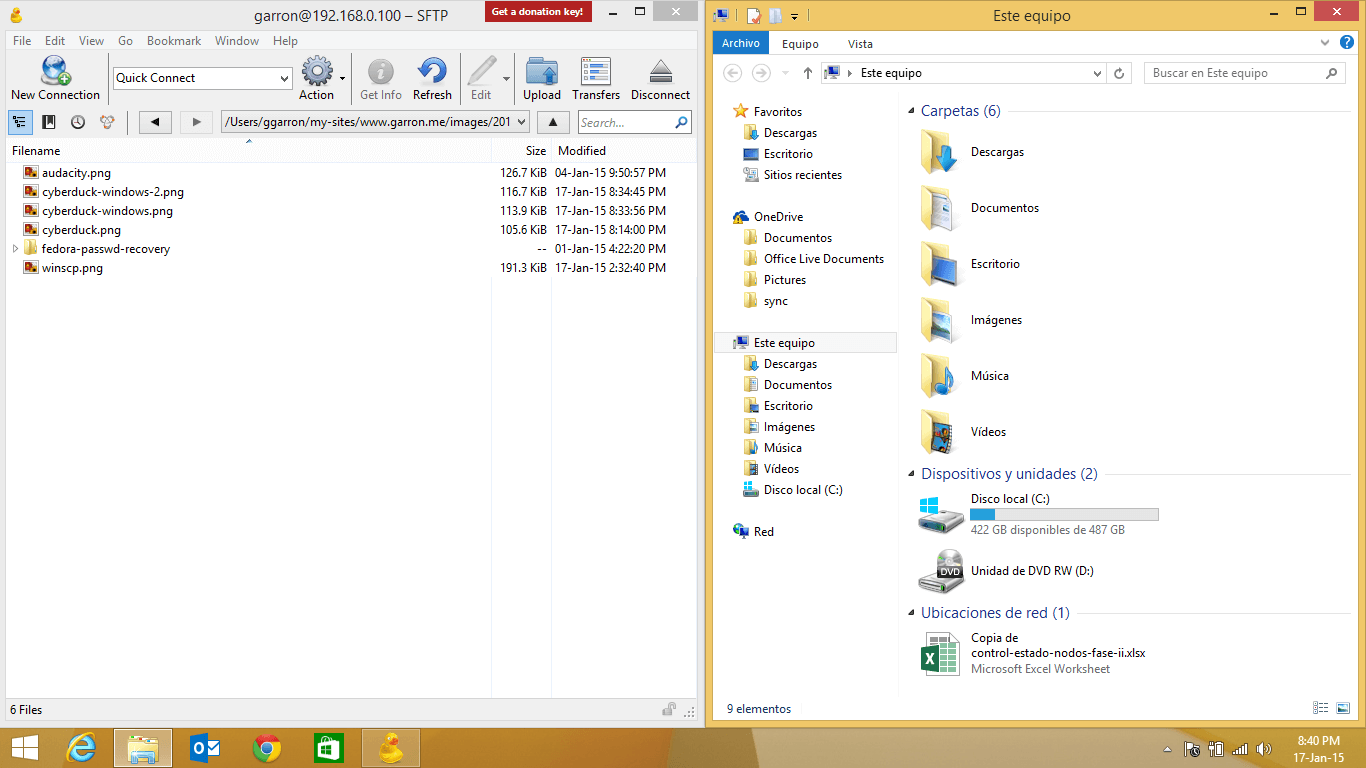

It’s also handy to have a side-by-side view when copying files.

You might ask: Why do I need Box, Dropbox, and other sync services when I’m using a computer that has a folder on my desktop that’s already syncing? Some number of people use a form of selective synchronization, known by different names with different products, that allows keeping just a subset of all files in your centralized repository up to date on a given computer to reduce unnecessary file storage. In an odd omission, Google Cloud Storage isn’t available although two similar products I’ll mention under synchronization have that Google integration. It also includes connections for cloud-storage and serving options similar to S3: Backblaze B2, DreamObjects, Microsoft Azure, and Rackspace Cloud Files. Version 5 now adds the sync and storage offerings Amazon Drive, Box, Dropbox, Google Drive, and Microsoft OneDrive (separately for consumer and business flavors). Transmit 4 included just Amazon S3 as a cloud-based offering. The revised Transmit adds a heap of cloud server types.

That’s the same preference tab where you can preset upload permissions for FTP/SFTP, webDAV, and S3. You can also use the Rules preferences to avoid downloading file listings (skip), not show them (hide), or force their appearance (show) in overriding over rules. For example, at one point, Amazon S3 required JavaScript files also added a Content-type: text/javascript header during uploads, or it would only identify the file as text to browsers, which caused websites to load incorrectly. This seems wonky, but it’s a way of making sure a given type of file has proper identification on the server side. Transmit has a wealth of other preferences, such as inserting custom file header to cloud uploads to cloud services. Transmit offers side-by-side local and remote file listings for transfers and examination. (With some server/protocol types, you can also use a Transmit Disk, which I will explain later.)īecause Transmit is aimed fairly reasonably at people who wind up working directly with files a lot-why else use a file-transfer program with this kind of control?-Transmit handles the behind-the-scenes details for downloading the file to a temporary location, passes it to the editor, and uploading changes as you save or modify the file in the editor. You use that tab to enter an extension and pair it with an app you pick, like linking text files and BBEdit.
Cyberduck synchronize view download#
The Files tab in Transmit’s preferences lets you set a global preference for what happens when you double-click a file: it transfers to your computer’s default download location, edits in Transmit (for supported file types), or uses an external editor. (That app was released first in 2014 and Panic has regularly updated it since.) The interface has a refreshing new look that adopts and extends the style of the Transmit iOS app. It also offers a modestly featured synchronization option, and an option to mount certain kinds of servers and services as Finder volumes.
Cyberduck synchronize view mac#
You can copy files either to and from your Mac or between servers or services you bring up in side-by-side windows. Transmit lets you connect your Mac via several internet file-exchange protocols and to most cloud-storage services. So many companies offer cloud-based storage and sync that you may be drowning in a multiplicity of options. But our need to shift files around among servers we control or those run by others hasn’t decreased a bit. FTP (File Transfer Protocol) is one of the oldest of the internet’s standards, and it’s still in broad use. File-transfer programs seem like a vestige of the internet that once was.


 0 kommentar(er)
0 kommentar(er)
